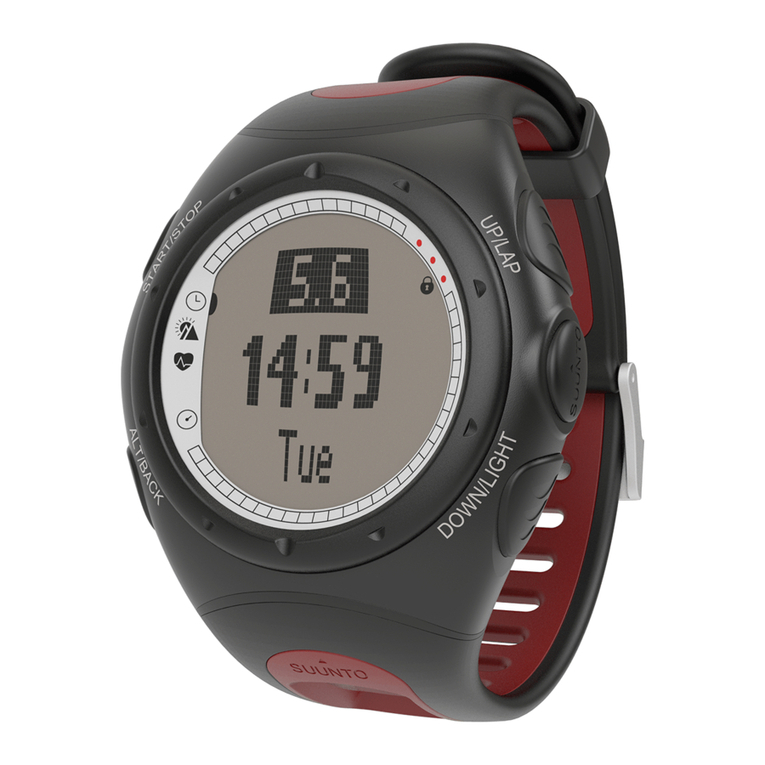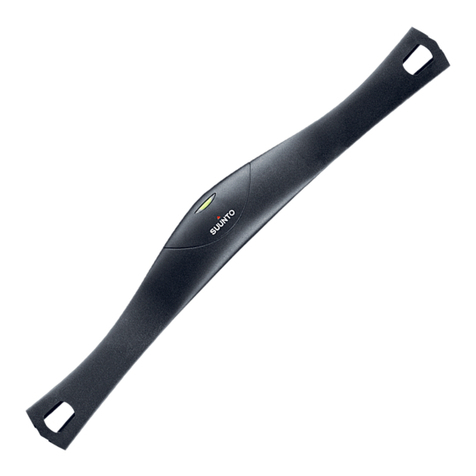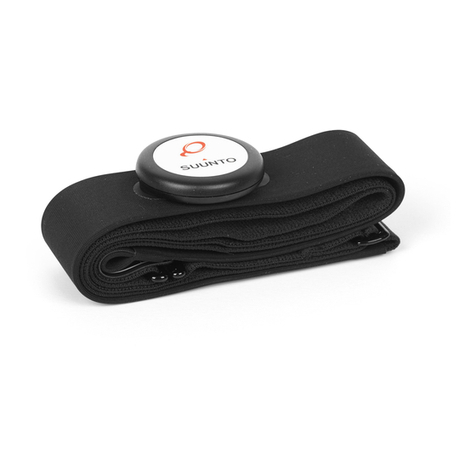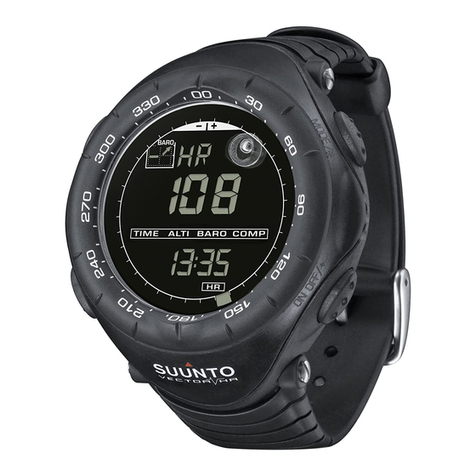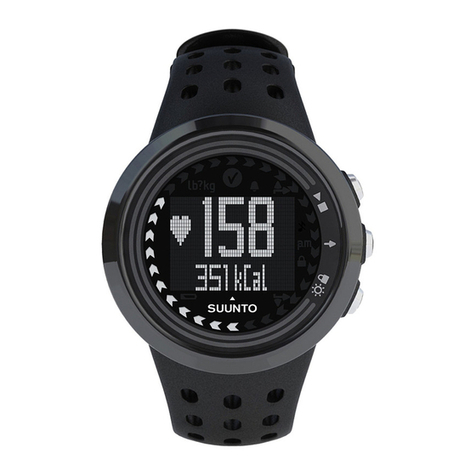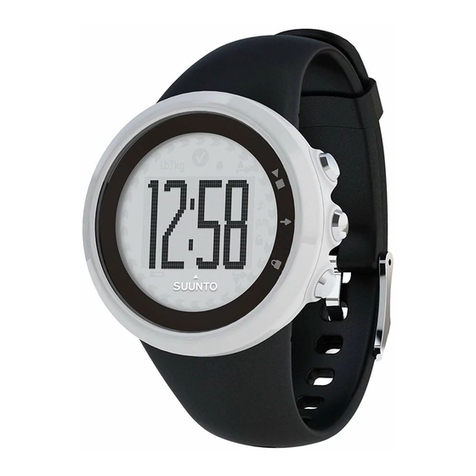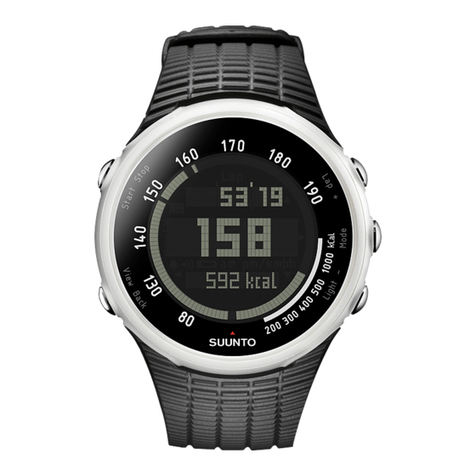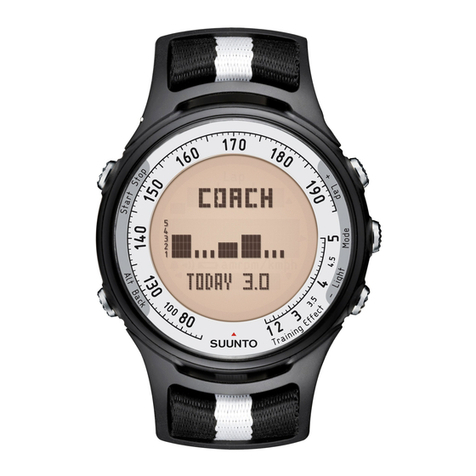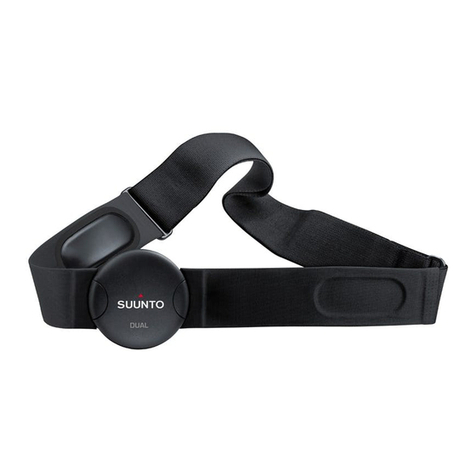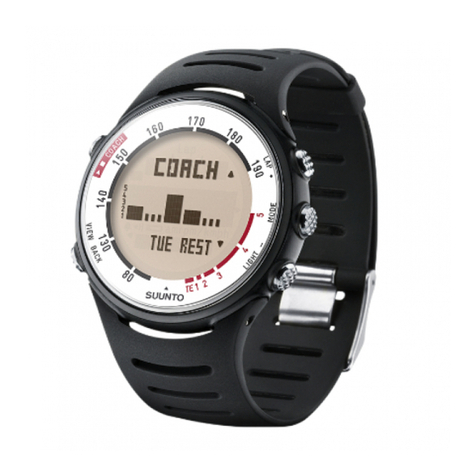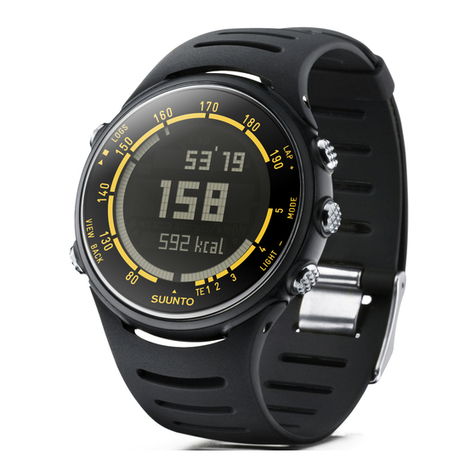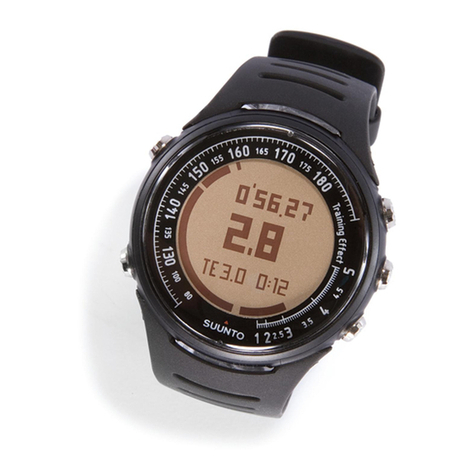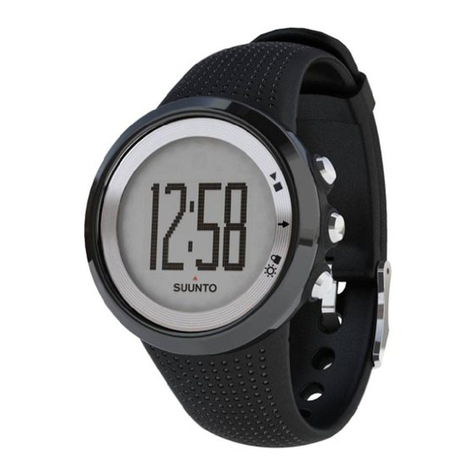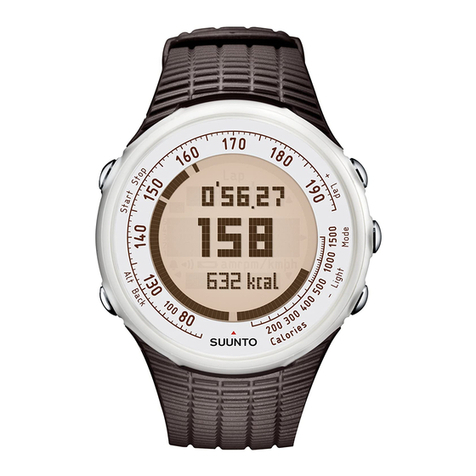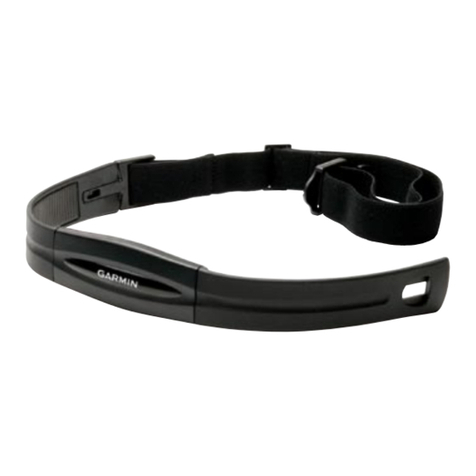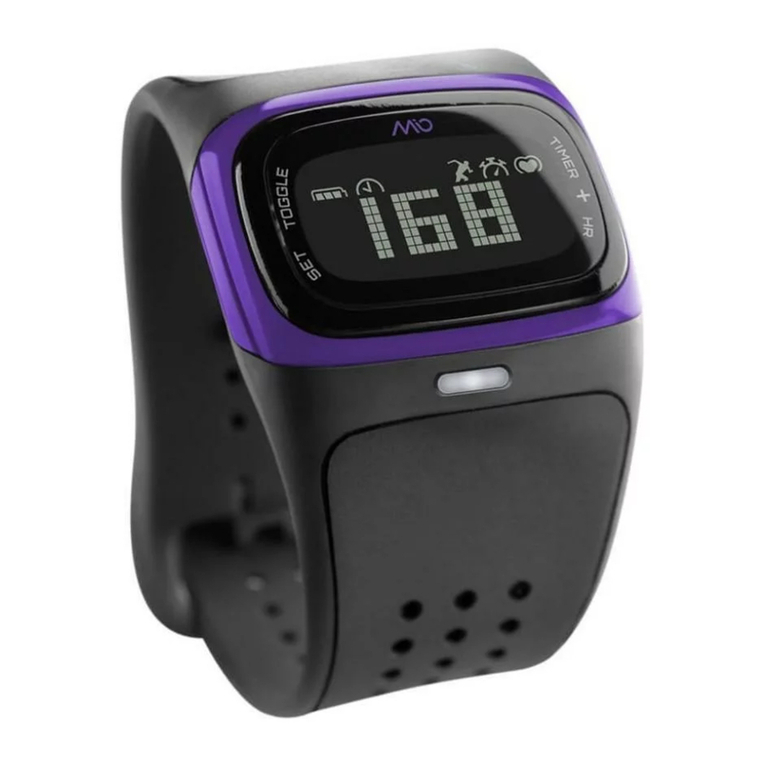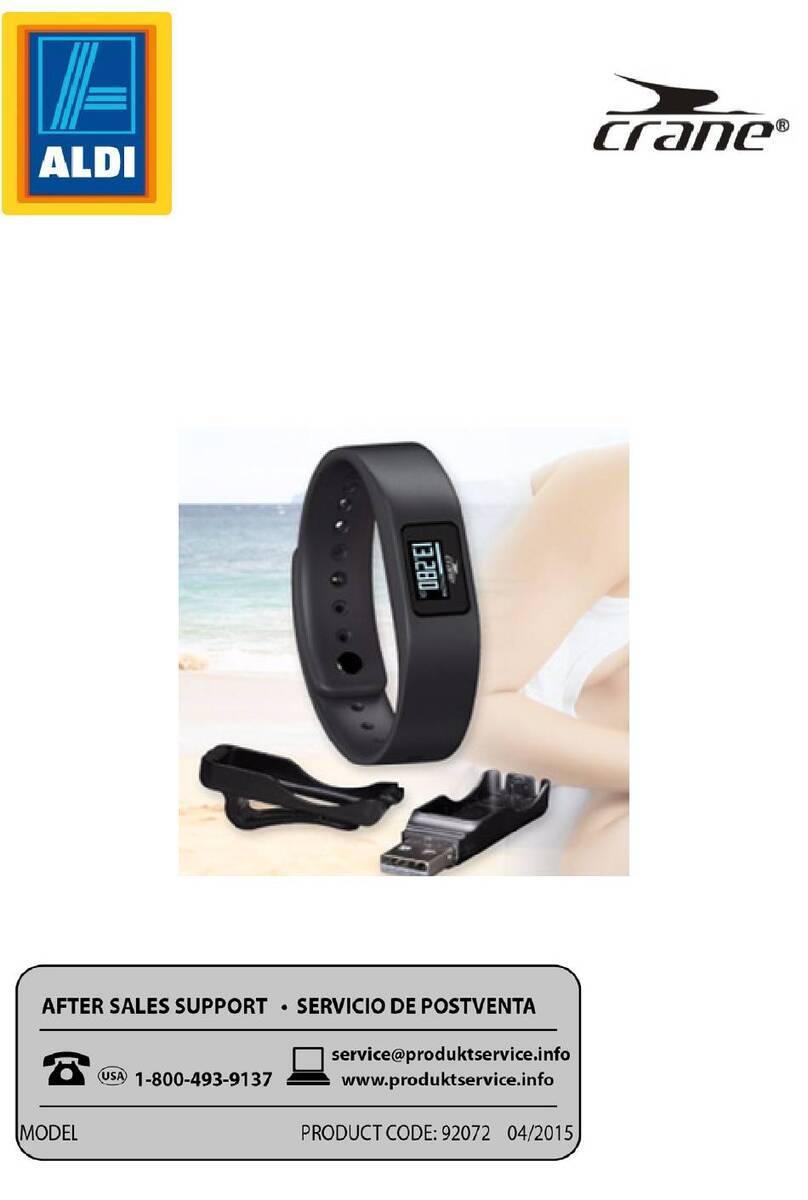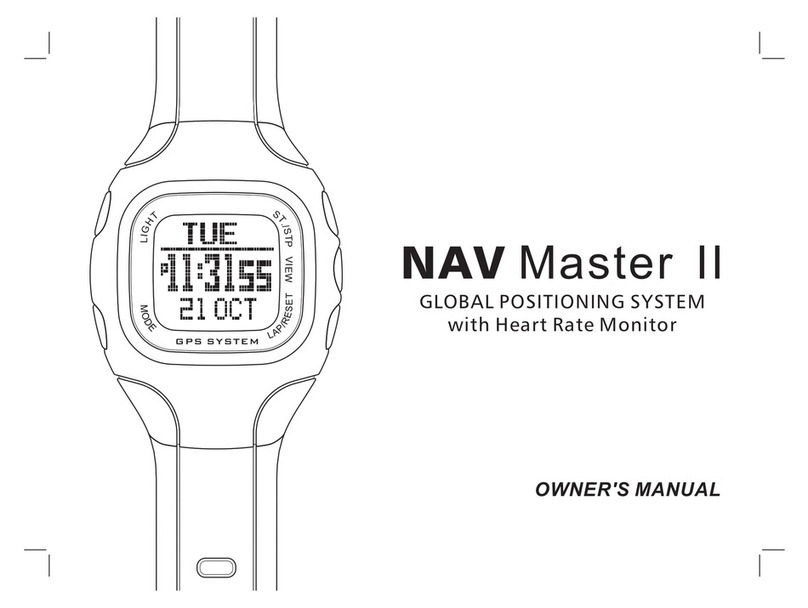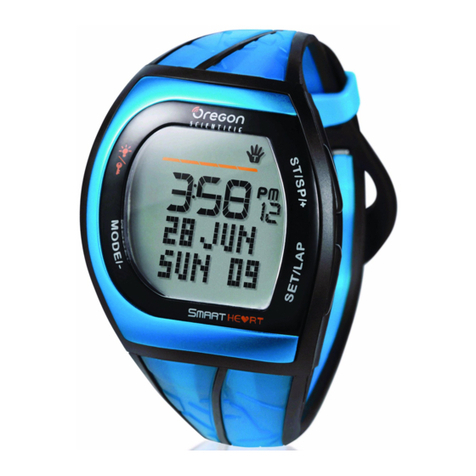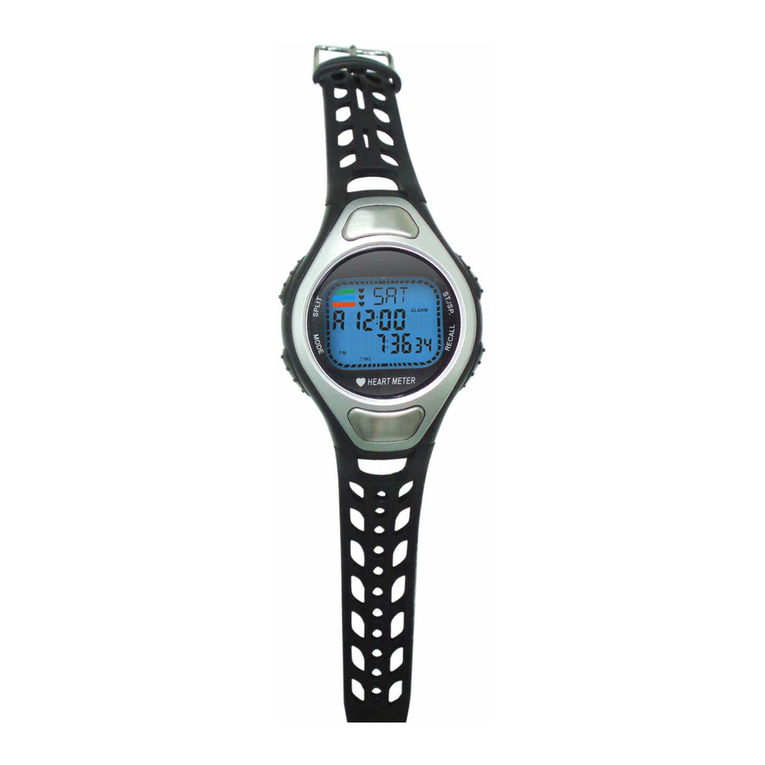1 Introduction ............................................................................ 4
2 Defining main settings ................................................................ 5
2.1 General settings ............................................................ 5
2.2 Personal settings ........................................................... 6
2.2.1 Activity class ..................................................... 7
2.2.2 Maximum heart rate ............................................ 9
3 Using TRAINING mode ............................................................... 10
3.1 Putting on your transmitter belt .......................................... 10
3.2 Starting a training session ................................................ 11
3.3 During training ............................................................ 12
3.4 After training .............................................................. 12
3.4.1 Viewing training sessions ...................................... 12
3.4.2 Viewing training totals ......................................... 13
4 Using heart rate limits and zones .................................................... 14
4.1 Heart rate limits ........................................................... 14
4.2 Heart rate zones ........................................................... 15
5 Using TIME mode ..................................................................... 17
5.1 Setting time and dual time ............................................... 17
5.2 Setting the alarm .......................................................... 18
6 General features ...................................................................... 19
6.1 Backlight ................................................................... 19
2
